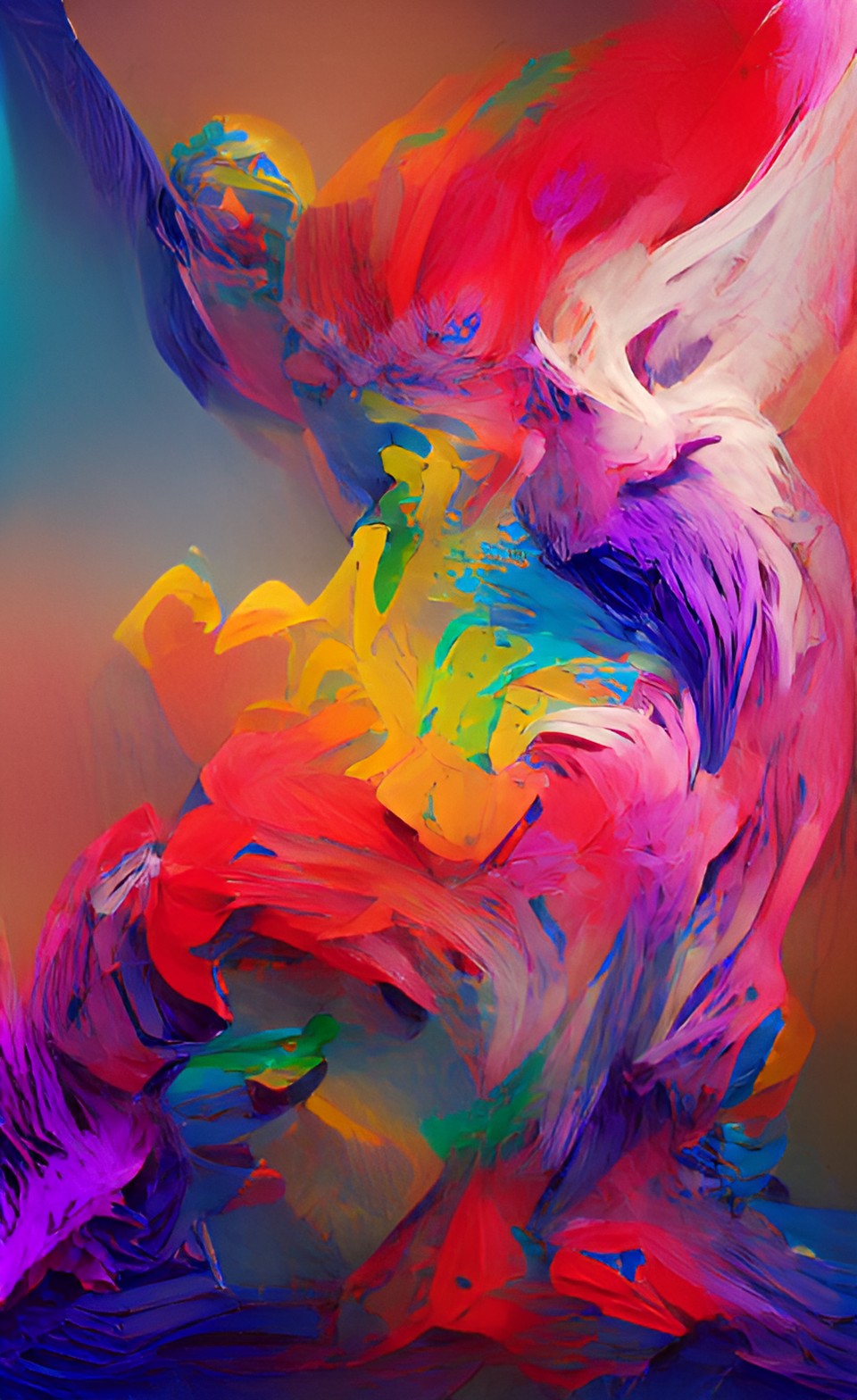Color psychology

We cannot fully comprehend how colors affect our lives on a rational level for thath exist the color psychology.

Color psychology
The color psychology is the field of psychology known as color psychology focuses on how our minds see different colors and how that perception may change how we perceive the environment.
The different shades may cause us to experience certain feelings. The visuals produced by this study can impact in the film business, in advertising, and in other fields
Behind the color psychology
The foundational idea of color psychology is heavily utilized in the brand and film industries.
The colors that we can see have a significant role in decision-making. In reality we don’t truly have a perfect recipe to trigger a certain emotion in all of humanity, though each individual associates a tint with a distinct emotion based on personal experiences. All the information we’ll talk here and in other articles will be a range of notion that affect most of the people, not necessary everyone.
So now that we are ready we can start.
Saturation level
The saturation level is one of the main characteristic that we encounter in color psychology.
How much bright the image is can help to create a great contrast,but can change the general tone of the enviroment. For example:

The portrait of a pianist may be seen in this picture.
This picture has very low values for both saturation and brightness.
The saturation level can change our initial impresssion of a picture.
For example the atmsphere generated is particullary serios and even a little scary.
This picture, though, is more vibrant and saturated. The image is given more life and dynamic by the high degree of color and contrast.
For this reason it’s typical for children’s books to utilize images with these characteristics. Images were given more vitality by increased brightness along with strong saturation and contrast.
Then, using these techniques, we may have fun and use them to spark interest or happiness.

This was just a first step in the color psychology journey. Soon we’ll talk about the effect of warm and cool color (if you don’t know what’s the concept of color temperature click here for more information) and then we’ll focus on singular color and their use in the film industry.
Working on this article requested a lot of work and study so please consider to share this article and follow me on instagram for more information (@3d_redesigned) Down here my link tree:
As usual here all the link where I studied this topic:
- Tv tropes
- Art therapy
- acrylgiessen.com
- digitalsynopsis.com
- nofilmschool.com
- “Color psychology” by Contour